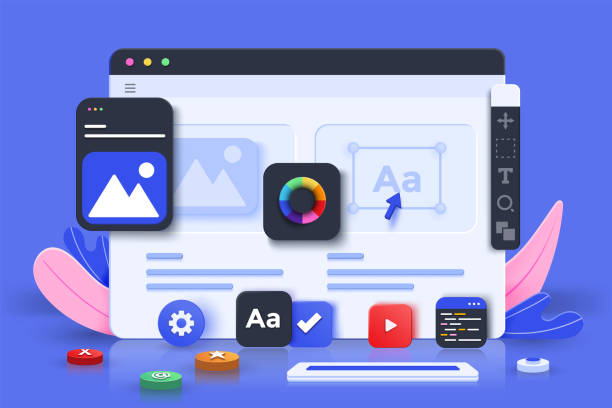Mastering Website Development – A Comprehensive Guide
In the digital age, having a strong online presence is essential for businesses and individuals alike. A well-designed and functional website is the cornerstone of this online presence. Whether you’re a seasoned developer looking to refine your skills or a newbie taking your first steps into the world of web development, this guide will help you master the art of website development.
Understanding the Basics
Before diving into the nitty-gritty of website development, it’s crucial to grasp the fundamentals. Here are the key building blocks:
1. HTML (Hypertext Markup Language)
HTML forms the backbone of web development. It’s the markup language used to structure and display content on the web. Start by learning the basic HTML elements, tags, and how to create a well-structured webpage.
2. CSS (Cascading Style Sheets)
CSS is what makes websites visually appealing. It allows you to control the layout, colors, and styles of your web pages. Study CSS selectors, properties, and responsive design to create visually stunning websites.
3. JavaScript
JavaScript is the programming language that adds interactivity and functionality to your website. Learn about variables, loops, and functions, and explore libraries like jQuery for enhanced capabilities.
Building Responsive Websites
Today’s websites must be responsive to various devices and screen sizes. Consider the following techniques:
4. Responsive Web Design
Learn how to create flexible layouts that adapt to different screen sizes using media queries. Understand the mobile-first approach for a seamless user experience.
5. Cross-Browser Compatibility
Ensure that your website functions properly and looks great on all major web browsers, including Chrome, Firefox, Safari, and Internet Explorer.
Optimizing for Performance
Website speed is a critical factor for user experience and search engine ranking. Explore these optimization strategies:
6. Image Optimization
Compress images to reduce loading times without compromising quality. Use modern formats like WebP for better performance.
7. Minification and Compression
Minify your HTML, CSS, and JavaScript files to reduce their size. Enable gzip compression on your server to further improve load times.
Learning Frameworks and Libraries
While you can build websites from scratch, using frameworks and libraries can significantly speed up development and enhance your capabilities:
8. Bootstrap
Bootstrap is a popular front-end framework that offers a grid system, responsive design components, and pre-designed templates. It’s an excellent choice for fast and responsive web development.
9. React and Angular
Explore JavaScript frameworks like React and Angular to create dynamic, single-page applications. These frameworks streamline the development of complex web applications.
Security and Best Practices
Website security is paramount. Learn about security best practices to protect your website and its users:
10. SSL Encryption
Implement Secure Sockets Layer (SSL) to secure data transmission between your website and its users.
11. Cross-Site Scripting (XSS) Prevention
Understand how to prevent XSS attacks by validating user input and using security headers.
Keeping Up with Trends
Website development is a constantly evolving field. Stay up to date with the latest trends, such as progressive web apps (PWAs), WebAssembly, and voice search optimization.
Building Your Portfolio
The best way to master website development is through hands-on practice. Create your portfolio of projects to showcase your skills to potential clients or employers.
Conclusion
Mastering website development is a journey that requires continuous learning and practice. Whether you’re building websites for personal projects or professional clients, the skills you acquire in this field are in high demand. Keep exploring, experimenting, and staying updated with the latest industry trends to become a true web development master.
Happy coding @ Digihack India






